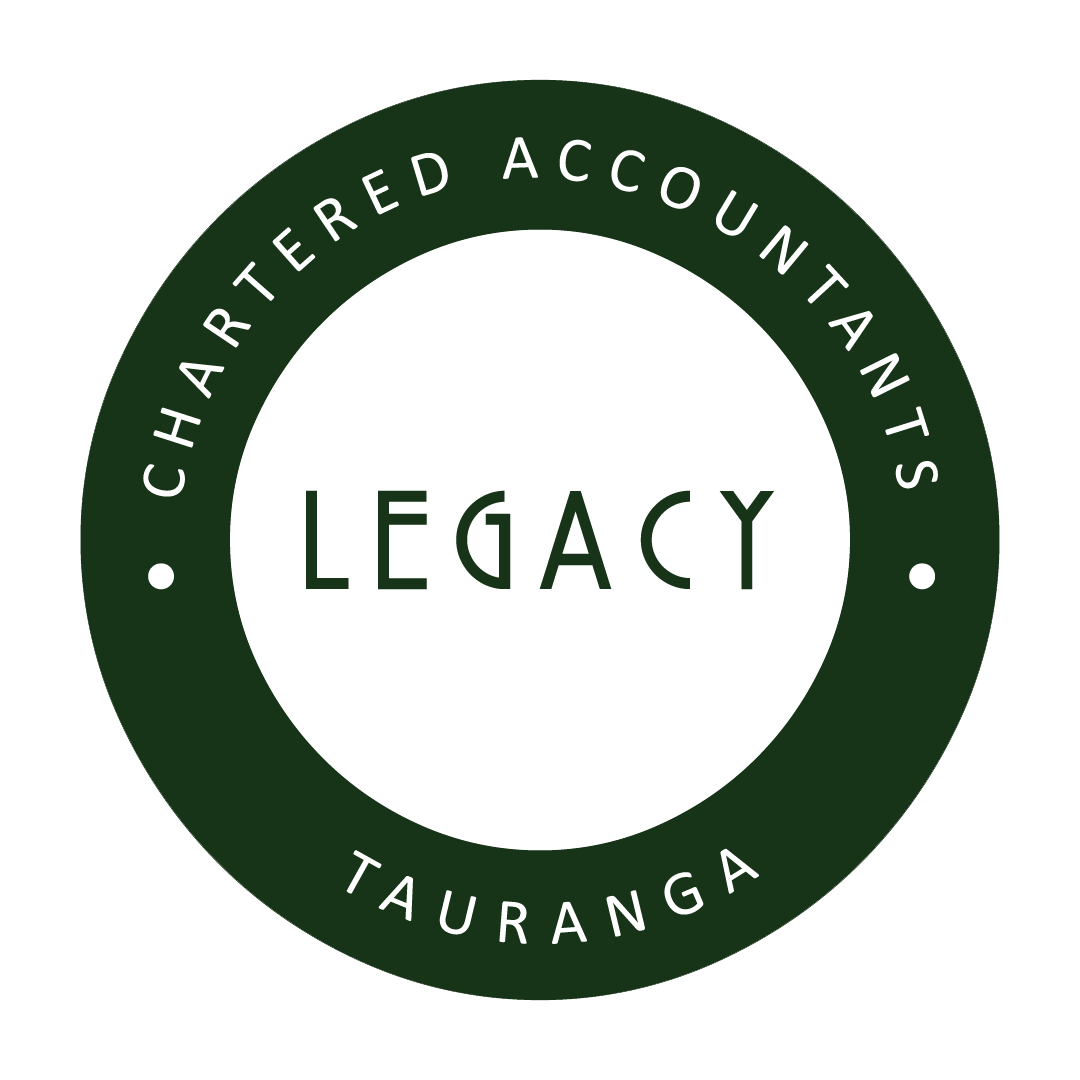Largest Increase to the Minimum Wage in a Decade
Employers need to be prepared for the minimum wage to increase by 75 cents to $16.50 an hour from 1 April 2018. The largest minimum wage increase since 2008 will affect all businesses across all industries that pay at the current minimum wage. This is the first of a commitment to phase in an increase to $20 by 2021.The increase to $16.50 per hour will benefit approximately 164,000 workers and their families, and will increase wages throughout the economy by $129 million per year. It has also been confirmed that within the new Government’s first 12 months, it will abolish starting-out rates and consider changes to the training wage.What will the new minimum wage rates be?Effective 1 April 2018, the minimum wage that is mandatory to be paid to an employee, irrespective of the hours worked or job responsibilities, are as follows:Adult minimum wage – $16.50 per hourThis wage is the most commonly used by Kiwi businesses and applies to all employees who are 16 years of age or older, provided they are not involved in training or supervising other employees.Starting-out wage – $13.20 per hourWorkers aged 16 to 19 who are entering the workforce for the first time are the only type of employees entitled to starting-out wages. This wage is unconfirmed, as the government has previously suggested removing this category.Training minimum wage – $13.20 per hourThis category of wage applies to employees aged 20 years or older who are completing recognised/accepted industry training involving at least 60 credits in order to become qualified.Being fully aware of the wage increases is something that is vitally important to running a business. Employees have to be paid at least the minimum hourly wage rate for every hour worked.
